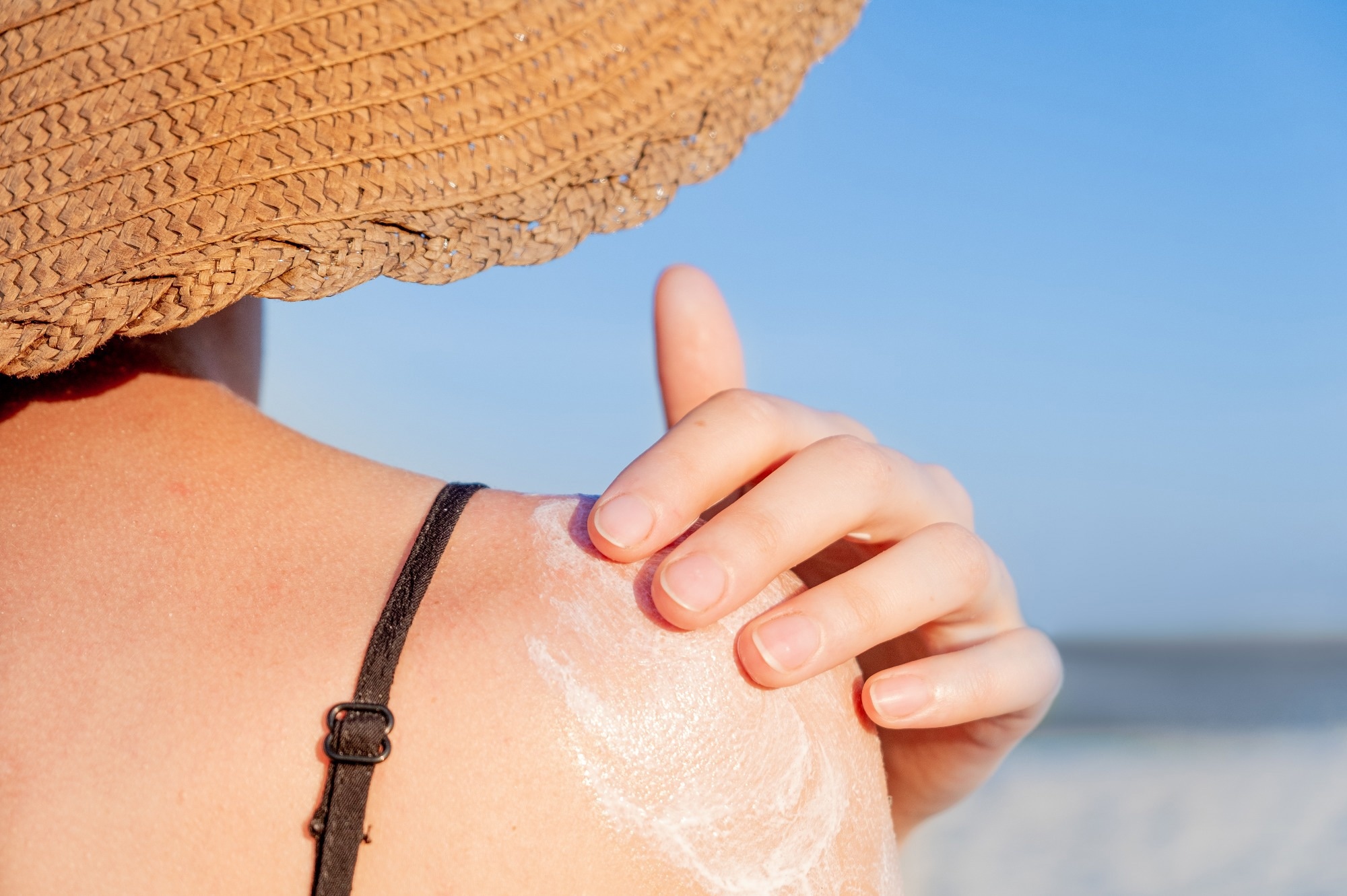In a recent study published in npj Regenerative Medicine, researchers discuss the ability of melanin nanoparticles to support wound recovery in mice. The effects at histological and gene levels were explored and confirmed on biomimetic models and human skin explants.
 Study: Topical application of synthetic melanin promotes tissue repair. Image Credit: Aleksey Boyko / Shutterstock.com
Study: Topical application of synthetic melanin promotes tissue repair. Image Credit: Aleksey Boyko / Shutterstock.com
How does the skin respond to damage?
Acute skin injury requires a healthy microenvironment for proper healing; however, the presence of reactive oxygen species (ROS) prevents this recovery. Melanin, the skin pigment molecule, plays an integral part in scavenging ROS in the skin in the presence of ultraviolet (UV) radiation and is produced at higher levels when the skin is exposed to toxins.
The human skin is the largest organ to be exposed to toxic insults from the environment. Some of these exposures include UV radiation, accidental or surgical trauma, and chronic wounds.
Multiple pathways intersect and interact to produce healthy regeneration of the skin barrier. These pathways involve a wide range of cell types and cytokines, growth factors, and molecules.
Oxidative stress is a major cause of poor skin healing and arises due to excess ROS. At low levels, ROS inhibits potentially pathogenic bacteria and enhances regenerative signaling pathways. However, when ROS overwhelms the antioxidant capacity of the tissue, cell damage arises as a result of disrupted molecular pathways, thereby causing inflammation.
Natural antioxidants like curcumin, chitosan, and citrate have been loaded on nanoparticles and hydrogels to target wound healing. However, these antioxidants have failed to achieve their full potential as they are poorly biocompatible, thus reducing their bioavailability in the injured tissue.
Melanin is a powerful antioxidant and free radical scavenger that is expressed at higher levels in UV-exposed skin to protect the skin against photodamage caused by UV-induced free radicals.
About the study
The current study examines the ability of a synthetic melanin molecule designed for topical application on wounded skin to accelerate wound healing in skin injured by exposure to toxic chemicals or UV light.
Researchers used two synthetic melanin particles (SMPs), which are nanoparticles with low and high surface areas (SMPLo and SMPHi, respectively). The supposition is that SMPHi would be a better scavenger, thereby resulting in better wound healing.
Both SNPs were used topically on the injured skin of living mice that were previously exposed to nitrogen mustard (NM) or UV radiation, as well as on a human skin explant with chemical wounds.
Faster wound healing
The findings indicate that SMPs can reduce skin inflammation and enhance wound healing.
The application of SMPs two, 24, and 48 hours after NM-induced wounds caused visibly faster healing with scab formation and release by 11 days from the injury in the SMHi group as compared to 30% in the SMLo group and none in the control group. The wound size was significantly reduced in animals treated with SMPs after both NM and UV exposure.
SMPHi had higher free radical scavenging activity at lower concentrations; however, both particle types plateaued at the same concentration of about 100 μg. SMPs matched or exceeded other antioxidants in their scavenging capability.
SMPs reduce inflammatory signaling
SMP application led to reduced expression of the inflammatory marker matrix metalloproteinase 9 (MMP-9). There was concomitant inhibition of ERK1/2 phosphorylation, thus suppressing the pro-inflammatory MAPK pathway signaling induced by NM-related injury.
SMPs modulate immune responses
SMPs also regulate the systemic immune response to the skin injury. This was demonstrated by an increase in the number of anti-inflammatory and repair cells gathered in the area of injury, with a modulated immune response at the systemic level.
SMPs increase antioxidant capacity
Superoxide dismutase (SOD) is a key antioxidant enzyme that acts on highly reactive superoxide radicals that are subsequently converted into hydrogen peroxide (H2O2). H2O2 has antibacterial activity while also being a key regulator of multiple inflammatory pathways. This, in addition to the scavenging of damaging superoxide radicals, may account for the activity of SOD in preventing oxidative damage and promoting healing.
SMP application was accompanied by the restoration of skin SOD activity, which showed a marked reduction after NM-induced injury. This was more obvious in the SMPHi group. Other antioxidant enzymes, like catalase, were unaffected.
The healing effects of SMPs were mediated in part by restored SOD activity, as inhibition of this enzyme led to partial inhibition of favorable SMP effects. These effects were observed within 24 hours of application.
SMPLo protected human skin explants
In the human skin model, SMPLo counteracted the injury-producing effects following NM exposure. SMPHi particles were more efficient at promoting wound healing by increasing the exposure to melanin.
Improvement could be observed grossly and by pathological examination as compared to controls. Corresponding changes were also observed at the molecular level.
SMPLo enhanced angiogenesis, which is crucial to wound healing. Comparatively, SMPHi did not induce this activity despite its greater surface area.
What are the implications?
Overall, the results demonstrate that biomimetic SMPs are an effective topical intervention for the acceleration of acute chemical- and UV-wound healing.”
Multiple characteristics contribute to this favorable profile, including inherent biocompatibility, as well as their tunable size, surface charge, and surface area, making it easier to deliver them to the injured skin. SMPs carry immense potential as future therapeutic molecules.
Journal reference:
- Biyashev, D., Siwicka, Z. E., Onay, U. V., et al. (2023). Topical application of synthetic melanin promotes tissue repair. Npj Regenerative Medicine. doi:10.1038/s41536-023-00331-1.